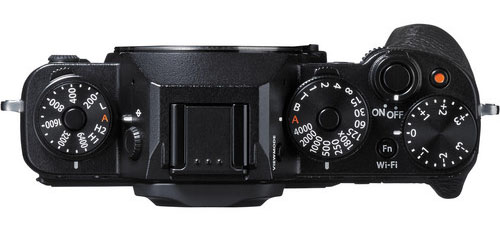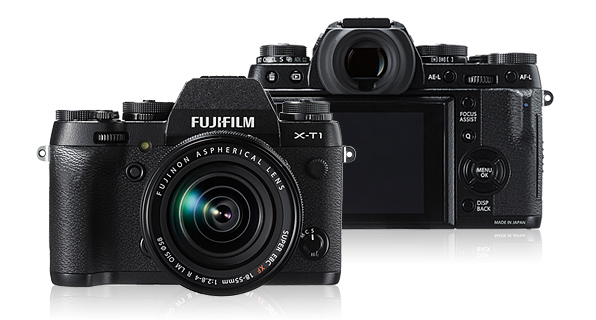Fuji has been on a roll since the launch of the X100 in September, 2010. With its retro rangefinder looks and a superb 35mm equivalent prime lens, this little camera stormed straight into the top two favourites among street photographers. The other most favoured, the perennial Leica M in all its incarnations, is probably still the most desirable tool but the Fuji is definitely the most affordable.
In January 2013 Fuji introduced the X100S with faster autofocus and a 16.3 MP X-Trans colour-filter pattern but without anti-aliasing and improved controls, notably the Q menu for access to the most common features. The X100S has reinforced the success of the earlier model and it retains its reputation, particularly among street photographers.
Until now, though, other models in the Fuji X series have not been as attractive to street togs. That could be changing. Eric Kim has laid hands on the new X-T1 and concludes that it could equal the X100S for street work while adding the additional versatility of interchangeable lens. I am impressed by Eric’s review and, without having tried the X-T1 (I have tried the X100S, incidentally), I can see and appreciate his logic. This is one nice system camera. For an alternative, more general view of the beast you ought to read Nick Devlin’s exhaustive test at The Luminous Landscape.

One of the features of the new Fuji I find most compelling is the addition of a dedicated ISO control to accompany the shutter-speed and exposure compensation dials which are common to other cameras in the X range. This, together with exhaustive customisation opportunities for the many physical function buttons, means the camera can be operated almost entirely without having to delve into the menu system. I am sure it will appeal to street photographers.
While the XT adds welcome competition, the X100S will remain a firm favourite. It is smaller than the X-T1 and cheaper (£900 compared with around £1,000 for the X-T1 body alone). Add the 27mm f/2.8 pancake lens with its 41mm equivalence and the XT-1 runs to around £1,350. Yet I believe many photographers will be tempted by the ability to add alternative lenses from the impressive and high-performance Fujinon range.

